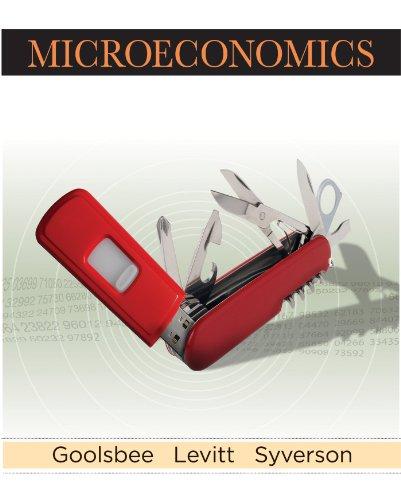11. Ralph is considering purchasing an ostrich, which he can graze for free in his backyard. Once...
Question:
11. Ralph is considering purchasing an ostrich, which he can graze for free in his backyard.
Once the ostrich reaches maturity (in exactly three years), Ralph will be able to sell it for
$2,000. The ostrich costs $1,500.
a. Suppose that interest rates are 8%. Calculate the net present value of the ostrich investment.
Does the NPV indicate that Ralph should buy the ostrich?
b. Suppose that Ralph passes on the ostrich deal, and invests $1,500 in his next-best opportunity:
a safe government bond yielding 8%. How much money will he have at the end of three years? Is this outcome better or worse than buying the ostrich?
c. Calculate the net present value of the ostrich if interest rates are 11%. Does the NPV method indicate that Ralph should buy the ostrich?
d. If Ralph passes on the ostrich deal, and invests in a government bond yielding 11%, how much money will he have at the end of three years? Is this outcome better or worse than buying the ostrich?
e. Based on your answers to
(b) and (d), how well does the NPV method capture the concept of opportunity cost?
Step by Step Answer:

Microeconomics
ISBN: 9780716759751
1st Edition
Authors: Austan Goolsbee, Steven Levitt, Chad Syverson






